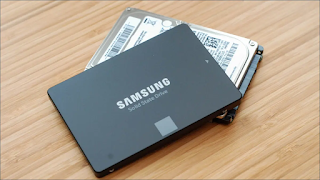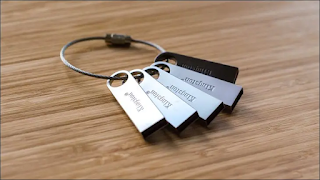Differences between FAT32, exFAT, and NTFS
When it comes to formatting drives, you may have noticed that Windows gives you the option to choose between three different file systems: FAT32, exFAT, and NTFS. In this article, we will explore the differences between these file systems and when they are used.
FAT32
FAT32 is an old file system developed in the days of Windows 95. And it's still useful today when you need to ensure maximum compatibility with any PC or gaming console. FAT32 is limited to a file size of 4GB and a maximum partition size of 2TB. If you need to transfer larger files or have a drive larger than 2TB, FAT32 is not the ideal choice.
exFAT
NTFS
NTFS is the default file system for Windows operating systems. It was introduced in Windows NT 3.1 and has been a standard for Windows-based systems ever since. You must use NTFS when you install a drive in a Windows computer. It supports large files and large drives, with a maximum file size of 16 exabytes and a maximum partition size of 256 TB. NTFS also has additional security features, such as file and folder permissions, encryption, and compression.
Choosing the right file system
When it comes to choosing the right file system, it all depends on how you plan to use your drive. Here is a quick summary of the time each file system is using:
Use FAT32 if you need maximum compatibility with any PC or game console, and if you work with files smaller than 4GB in size and drives smaller than 2TB.
Use exFAT if you need to transfer large files, such as HD video files, or if you have a drive larger than 2TB.
Use NTFS if you are installing a drive in a Windows PC, and if you need additional security features such as file and folder permissions, encryption, and compression.
Conclusion
In conclusion, understanding the differences between FAT32, exFAT, and NTFS is important when it comes to formatting drives. Each file system has its advantages and disadvantages, and choosing the right one will depend on your specific needs. If you need maximum compatibility with any computer or game console, go for FAT32. If you need to transfer large files or have a drive larger than 2TB, choose exFAT. And if you are installing a drive in a Windows PC and need additional security features, NTFS is the way to go.




